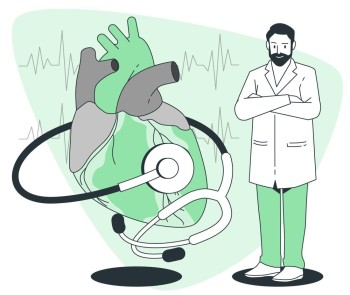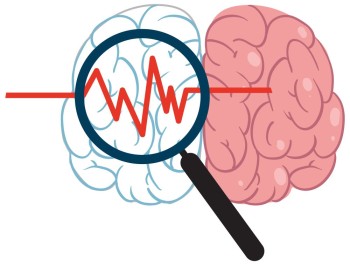
₹5,200
₹6,500
Magnetic Resonance Imaging (MRI) of the brain is a non-invasive medical imaging technique that uses powerful magnets, radio waves, and a computer to generate detailed images of the brain's internal structures.
Category:
MRI Scan



